Manual Welding
What is Manual Welding?
 Manual welding is a process of joining two or more pieces of metal together using heat generated by an electric arc or flame. It involves the use of a welding electrode or filler metal to create the bond between the materials. The process is typically carried out by skilled welders who manually control the welding equipment and perform the necessary movements to achieve the desired weld.
Manual welding is a process of joining two or more pieces of metal together using heat generated by an electric arc or flame. It involves the use of a welding electrode or filler metal to create the bond between the materials. The process is typically carried out by skilled welders who manually control the welding equipment and perform the necessary movements to achieve the desired weld.
Manual welding is widely used in various industries, including manufacturing, construction, automotive, and fabrication. It is commonly employed to fabricate structures, repair machinery, create metal components, and perform maintenance work.
The versatility and flexibility of manual welding make it suitable for a wide range of applications.
Impact on Indoor Air Quality
Regarding the impacts on air quality within a manufacturing facility, manual welding can have several effects. These impacts are primarily related to the emissions and fumes generated during the welding process. When welding, high temperatures cause the metal and electrode to vaporize and release fine particulate matter into the air. Additionally, the electrode coating or flux used in some welding processes can produce smoke and gases when heated, further contributing to air pollution.
The fumes and emissions produced during manual welding can contain various hazardous substances, such as metal oxides, ozone, nitrogen oxides, and hexavalent chromium. Prolonged exposure to these airborne contaminants can pose health risks to workers if not properly controlled. The specific impact on air quality depends on factors such as the welding materials used, the ventilation system in place, and the work practices employed.
What You Can Do
To mitigate the negative impacts on air quality, manufacturing facilities implement measures to control and minimize welding fumes. These measures may include:
- Air Filtration Systems: Employing specialized ventilation systems near the welding area to capture and remove the fumes at the source.
- Personal Protective Equipment (PPE): Requiring workers to use appropriate welding helmets and respiratory protection, such as respirators, to minimize inhalation of fumes.
- Adequate Ventilation: Providing adequate airflow throughout the facility to dilute and remove the airborne contaminants.
- Process Modification: Using alternative welding techniques or materials that generate fewer emissions, such as low fume electrodes or shielding gases.
- Proper Training and Awareness: Educating workers about the risks associated with welding fumes and promoting safe work practices.
By implementing these control measures, manufacturing facilities can effectively reduce the impacts of manual welding on air quality, creating a safer and healthier work environment for employees.
Clean Air Solutions for Manual Welding
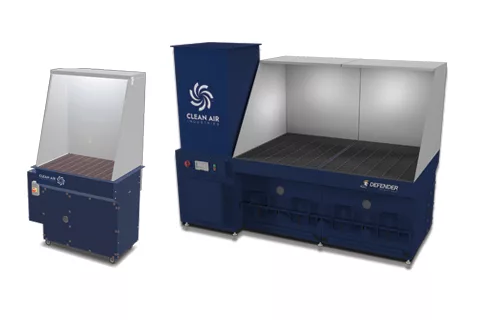
Downdraft Tables
Up to 9,000 CFM Airflow
Discover portable and industrial downdraft tables available in multiple configurations with best in-class performance.
Learn More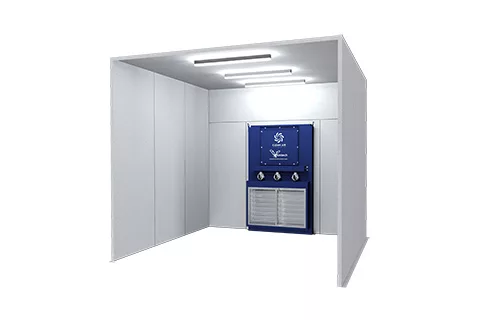
Environmental Booths
Welding & Grinding
Durable and reliable, environmental booths are a self-contained, highly-customizable solution for welding, grinding, and more.
Learn More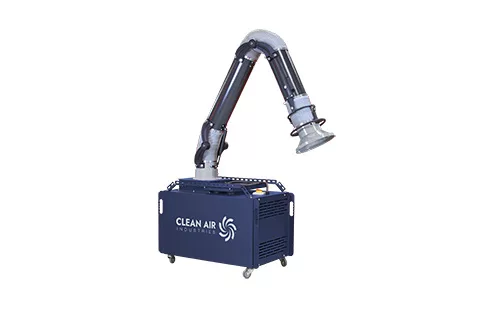
Portable Fume Extractors
1,200 CFM Airflow
Outperforms competitive units with a draw distance of nearly two feet so you don’t need to constantly re-adjust placement.
Learn More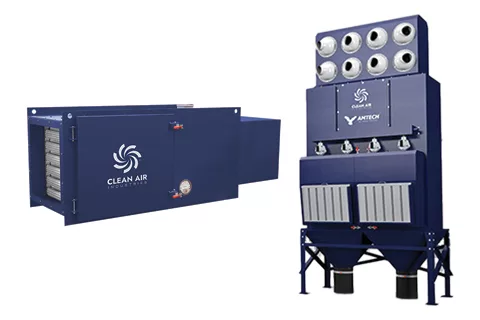
Ambient Air Cleaners
Up to 6,000 CFM Airflow
Effective weld fume extraction and dust collection for your entire facility, using little to no floor space.
Learn More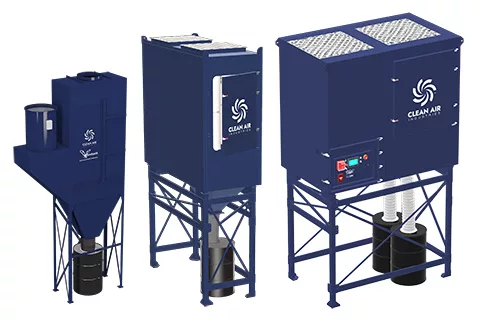
Central Collectors
Up to 65,000 CFM Airflow
Ruggedly designed for heavy-duty use, providing effective solutions for centralized fume and dust collection.
Learn More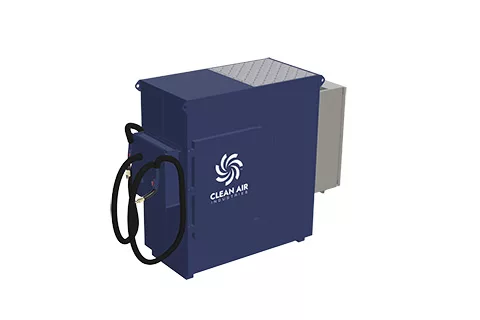
Hi-Vac Fume Extractors
450 CFM Airflow
An effective source capture system for fume extraction directly from your MIG gun without the need for secondary equipment.
Learn More